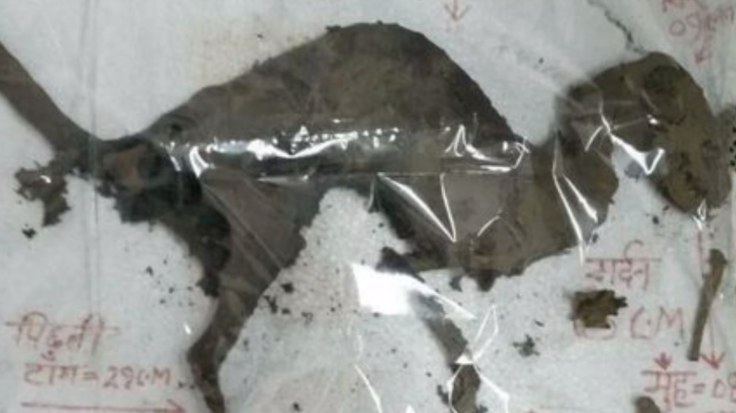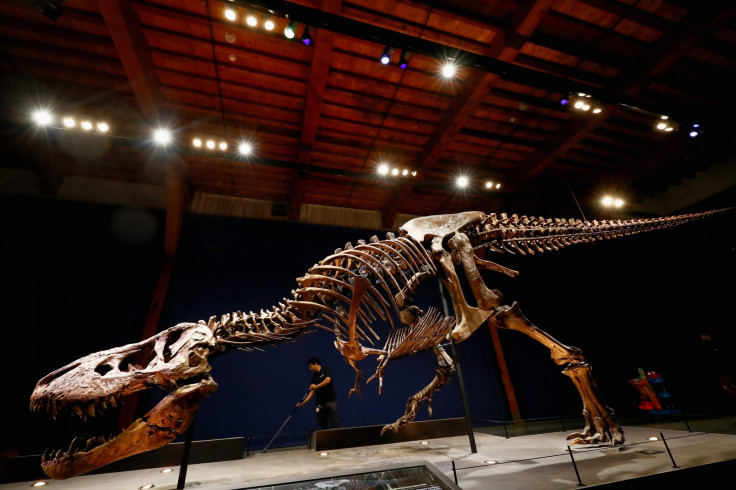Dinosaur-like animal carcass discovered with the flesh still intact baffles scientists
Dinosaurs with bodies like the one found roamed the Earth 65 million years ago.

The carcass of an animal that resembles a dinosaur was unearthed by an electrician who was cleaning out a substation abandoned for years in the north Indian town of Jaspur, Uttarakhand. The partially-preserved carcass still has its flesh intact and it seems to be too well preserved for it to be the remains of a prehistoric animal.
Scientists, who have started studying the creature, say flightless dinosaurs have been extinct for over 65 million years, making this find all the more mysterious. "It looks like a dinosaur, but we can't say anything until all the tests are done," said Parag Madhukar Dhakate, a conservator with the Indian Forest Service.
As of now, a shaky video shows a creature with the shape and structure of its body closely resembling a dinosaur. Researchers are yet to scientifically analyse the remains. Their analysis will include carbon dating the body to find out its age.
"Non-avian dinosaurs have been gone for the past 65 million years, but it does relate to theropods, a suborder of dinosaurs which involved bipedal carnivores," said Aaryan Kumar, a doctorate student in palaeontology from Delhi University.
"But a dinosaur skeleton could not have been found in such a well-preserved situation after millions of ages without it being in a fossilised condition. The only slightly possible way is it was chemically preserved to save it in a repository. But if that was the situation, how did it end up here?" he explained.
The creature is about 28 cm long, according to a report by TeCake, a local news outlet. Deinonychus, coelophysis, and dromaeosaurus are all types of theropods which range in size from the Tyrannosaurs-Rex to the small Anchiornis.
The carcass has been sent to palaeontologists at Kumaun University for further study. The initial surmise is that it is the remains of a severely deformed goat foetus, but until researchers verify it, the mystery will continue.
Only recently, a story of ticks that drank dinosaur blood was unearthed in Myanmar, India's neighbour to the east. The ticks, however, were found to have lived on fluffy feathered, bird-like dinosaurs and were estimated to be 100 million years old. The only reason they were found to be intact and with blood still in their bodies was because they were preserved in amber.

Dinosaurs first appeared on Earth 230 million years ago, notes the Natural History Museum in London. They were around long before humans appeared on the scene. Called the Mesozoic era, scientists have divided this time period into three parts - Triassic, Jurassic and Cretaceous. It was also during this time that the land mass on Earth began to split and continental drifts happened. Climates changed, and vegetation became diverse. This also prompted the migration and evolution of dinosaurs.
Because the land split and moved away, dinosaurs also moved with the land, evolving with the land where they went, independent of each other. This is one of the reasons why there are so many different known species of dinosaurs that are found in pretty much every part of the world.





















